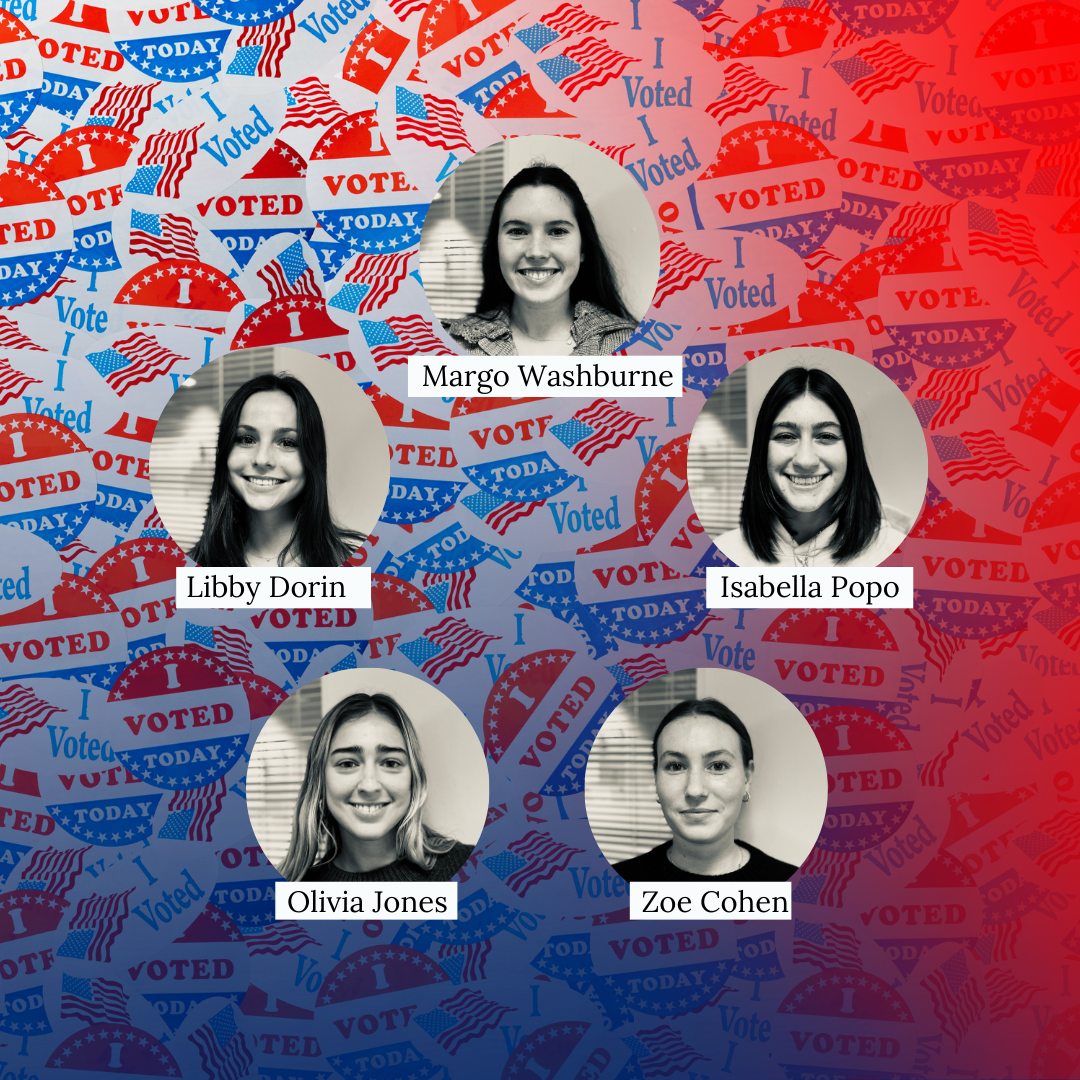Anyone who’s been on Facebook in the past week has probably noticed a new trend in their newsfeeds: SMU Memes. Every time I log onto my account the first 10 updates on my feed have been without fail someone “liking” a picture on this page. Though the fervor has died down slightly in the past few days, there’s still no lack of these memes on every person’s page.
Internet memes are not a new phenomenon. Though some of the more common image macros like “Scumbag Steve” or “Condescending Willy Wonka” (just to name a few of my favorites) have gained popularity in recent months, Internet memes are as old as the Internet itself.
Back in 1996 when email was becoming popular we had the “Dancing Baby,” likely one of the first viral videos. In more recent years thanks to the influence of YouTube, videos can spread even more quickly. Can you really imagine life before we had “Rick Rolling,” “Bed Intruder” or even “Nyan Cat?”
The Internet offers us a powerful venue to spread information at unfathomable speeds. With a high-speed connection and fully charged laptop I can access important news like election coverage or world events with a few clicks. Or, alternatively, I can look at pictures of cats that look like Hitler.
I’m still a little conflicted about my feelings toward SMU Memes. At first, I found myself more than a little annoyed when friends incessantly started posting these images on each other’s walls. There’s a time and place for everything, and if I’m in the mood for Internet memes I can always go to Reddit. Moreover, I was even more taken aback by just how poorly made some of these memes are.
Maybe it’s a sign that I’ve simply been spending too much time on the Internet, but when someone makes an image macro that completely abuses the meaning of what the “Scumbag Steve” image is supposed to communicate, I get more than a little upset. If we’re going to flood each other’s inboxes with stupid Internet jokes, the least we could do is get them right.
However, these memes also offer an interesting glimpse into Internet culture. That there exists a Facebook page dedicated to memes about SMU is even more significant because I think it reveals a certain zeitgeist that pervades the SMU atmosphere. If you start browsing through the image gallery on this page, you see obvious patterns emerging — people making jokes about SMU having too many fountains, tuition being far too high, TCU simply being TCU, etc.
SMU Memes offers an irreverent, but nonetheless incisive, glimpse into what SMU students are thinking. Institutions like the Daily Campus opinion page simply can’t emulate the forum that SMU Memes creates.
While a picture of Bear Grylls superimposed with text suggesting that he’d rather drink his own urine rather than eat at Umphrey Lee might not have a lot of rhetorical substance. People here definitely find it humorous because the person who made the image was feeling something that nearly every SMU student can relate to. SMU Memes is not academic, but it’s still discursive. Who knows — perhaps if the school’s administration took a look at this page they might even find a new way to engage with their students and learn what’s on their collective minds.
Brandon is a sophomore majoring in English.








